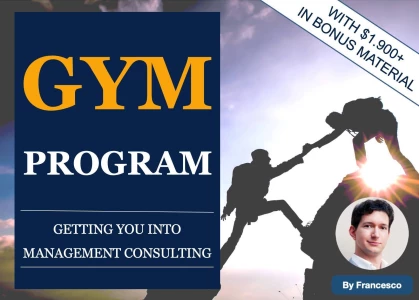Hi. When analyzing charts, what's a good step-by-step process for conducting the analysis?
In particular, I'm curious as to the best approach: a. On receiving the data, should I take 30-60 seconds of silence to analyse the information and then report back my insights, or b. On receiving the data, should I jump immediately in to 'thinking out loud' analysis on the trends?
To be clear, I'm interested in the balance of 'silent analysis' and 'thinking out loud'.
This question is based on previous feedback that I was a bit slow in moving through the case, perhaps asking for too many silent analyses.
Any general comments on the best approach for communicating while analyzing charts would also be much appreciated.




